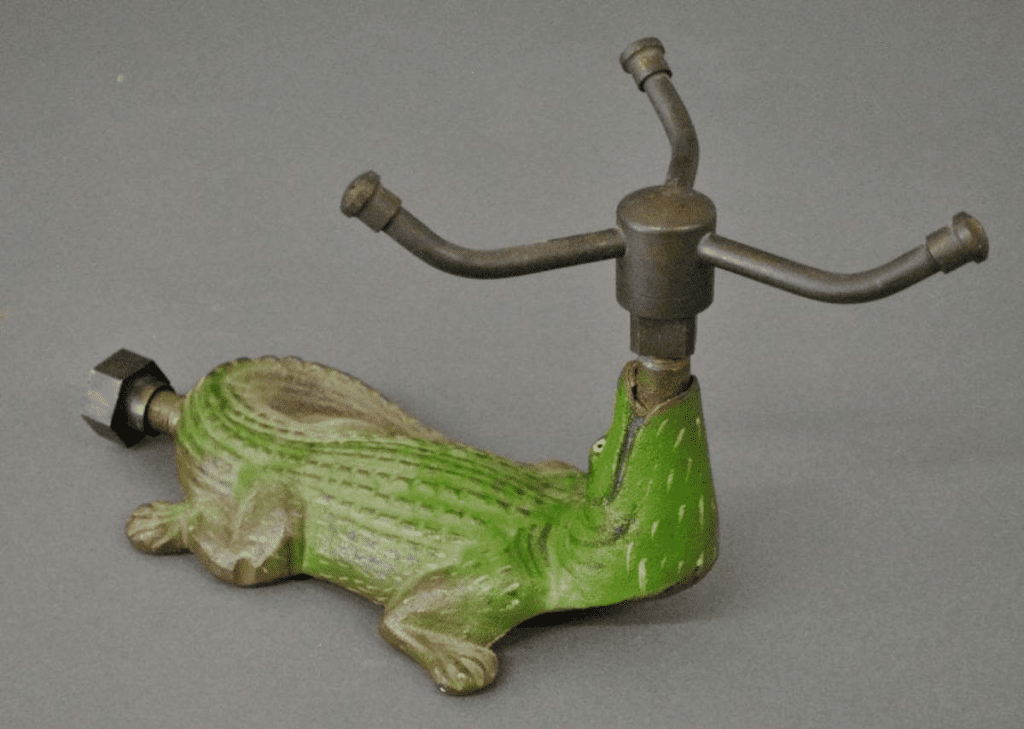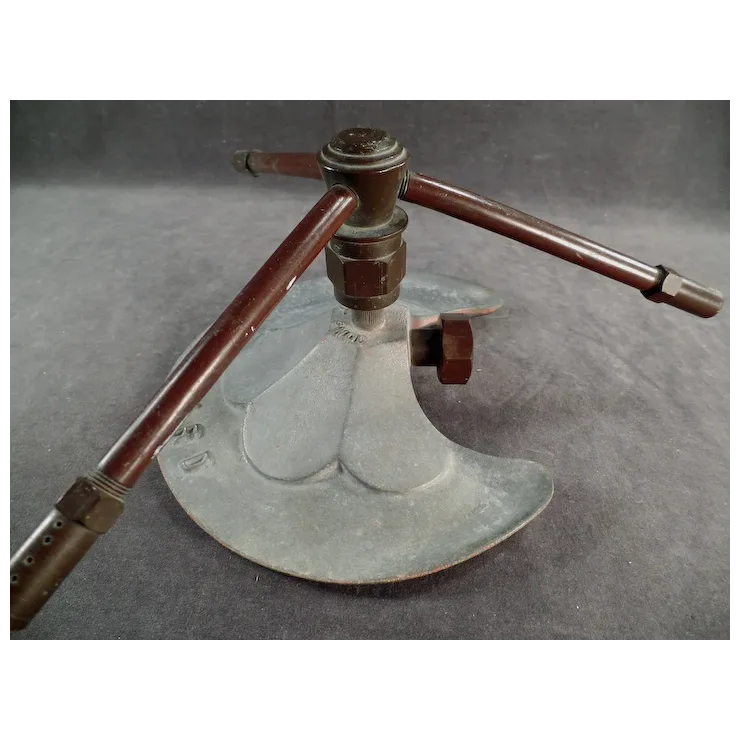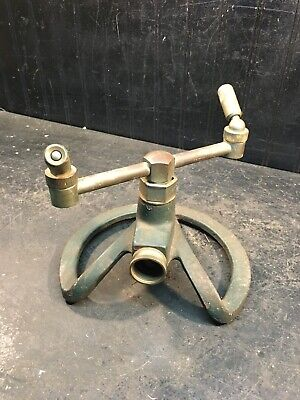If you grew up in a neighborhood with lush green lawns, you probably remember the sheer joy of running through a lawn sprinkler on a hot summer day. The cool bursts of water, the excitement of dodging the unpredictable sprays, and the laughter that echoed through the yard—these were the simple pleasures of childhood.
But have you ever stopped to think about the history of the lawn sprinkler? How did this fun and practical invention come to be, and why has it remained an essential tool for homeowners worldwide? Let’s take a closer look at this iconic backyard staple.

The History of Lawn Sprinklers: A Brilliant Invention
Lawn sprinklers may seem like a modern convenience, but their origins date back to the late 19th century. Before automatic irrigation, people watered their lawns and gardens manually using watering cans and hoses. This process was time-consuming and inefficient, especially for large properties.
Then came J. Lessler, who patented the first lawn sprinkler in 1871. His invention revolutionized lawn care, providing a more even distribution of water while saving time and effort. Over the years, sprinklers evolved into different designs, from rotating heads to oscillating models, ensuring every blade of grass got its fair share of hydration.
By the mid-20th century, lawn sprinklers had become household essentials, not only for maintaining beautiful gardens but also for creating endless summer fun for kids.
Why Lawn Sprinklers Were the Ultimate Backyard Playground
Long before expensive water parks and inflatable pools became the norm, the good old lawn sprinkler provided the best summer entertainment. Kids didn’t need much—just a warm day, a patch of grass, and a sprinkler shooting water in all directions.
Here’s why lawn sprinklers were (and still are) the ultimate backyard playground:
- Unpredictable Fun – Unlike a pool, where the water stays still, sprinklers kept kids on their toes. The sudden sprays, rotating arms, and changing directions made it an exciting challenge to dodge the water—or get soaked on purpose!
- Easy and Accessible – No need for a fancy setup. Parents simply turned on the hose, and the fun began. Plus, there was no waiting in line like at a water park!
- Cooling Off Instantly – On scorching summer days, a quick run through the sprinkler was the best way to cool down. The misty water felt refreshing, and the experience was always exhilarating.
- Imagination Booster – For kids, a sprinkler wasn’t just a sprinkler. It was a rainstorm to run through, a waterfall to dance under, or an obstacle course to conquer.
Even today, many families continue this tradition, proving that the simple joys of childhood never go out of style.

The Science Behind Lawn Sprinklers: How They Work
While we mostly associate sprinklers with fun, their primary function is, of course, to keep lawns green and healthy. But how do they actually work?
Lawn sprinklers connect to a garden hose or an underground irrigation system. When water flows through, it gets distributed through small nozzles, creating a fine mist or strong streams. The design of the sprinkler determines the water pattern and coverage.
There are several common types of lawn sprinklers:
- Oscillating Sprinklers – The ones that move back and forth in a fan-like motion, creating an arch of water. Perfect for large, rectangular lawns.
- Rotary Sprinklers – These have spinning arms that shoot water in circular patterns, making them ideal for even water distribution.
- Pulsating Sprinklers – Also known as impact sprinklers, they shoot powerful streams of water in bursts and are great for covering large areas.
- Stationary Sprinklers – These remain fixed in one place, delivering consistent water flow in a specific pattern. Best for small lawns or garden beds.
Understanding the right type of sprinkler can make a big difference in keeping your lawn lush while conserving water.
The Role of Lawn Sprinklers in a Beautiful Yard
A healthy lawn doesn’t just look good—it improves air quality, reduces heat, and provides a soft, safe space for outdoor activities. Lawn sprinklers play a crucial role in maintaining that perfect green carpet.

Here’s how they help:
- Prevents Underwatering and Overwatering – Sprinklers provide even hydration, preventing dry patches or waterlogged areas.
- Saves Time and Effort – Instead of standing with a hose for hours, sprinklers automate the process, giving you more free time.
- Encourages Deep Root Growth – Proper watering techniques help grass grow stronger and healthier.
- Conserves Water Efficiently – Modern sprinkler systems come with timers and sensors that adjust watering schedules based on weather conditions, reducing waste.
With the right setup, homeowners can achieve a vibrant lawn while being environmentally responsible.
Why Lawn Sprinklers Are Still Loved Today
Despite advancements in irrigation technology, traditional lawn sprinklers are still widely used. Why? Because they combine practicality with a touch of nostalgia.
For adults, seeing a sprinkler running in a front yard can bring back fond childhood memories of carefree summer days. For kids, it remains a source of simple, spontaneous fun—proof that the best moments don’t always require screens or expensive gadgets.
Even in an age of high-tech landscaping, the sight of water spraying in rhythmic motions over a sunlit lawn is as comforting as ever.

A Timeless Backyard Staple
Lawn sprinklers may have been designed for watering grass, but they’ve also provided countless memories for generations of children. Whether it was a backyard game, a cooling escape from the summer heat, or just the simple joy of watching water dance in the sunlight, sprinklers have left an imprint on many childhoods.
So, the next time you see one in action, take a moment to appreciate its role—not just in lawn care but in the timeless fun it brings. Maybe, just maybe, you’ll be tempted to kick off your shoes and run through it one more time.